Yidaneng Gas Generator Set Weekly Maintenance Manual
Weekly maintenance The unit should be shut down for a weekly maintenance every 250 hours of operation.
1. Complete the corresponding items in the daily maintenance regulations
2. Check the working condition of each valve assembly. The working reliability of the valve assembly directly affects the performance and operational safety of the engine. This check is very important!
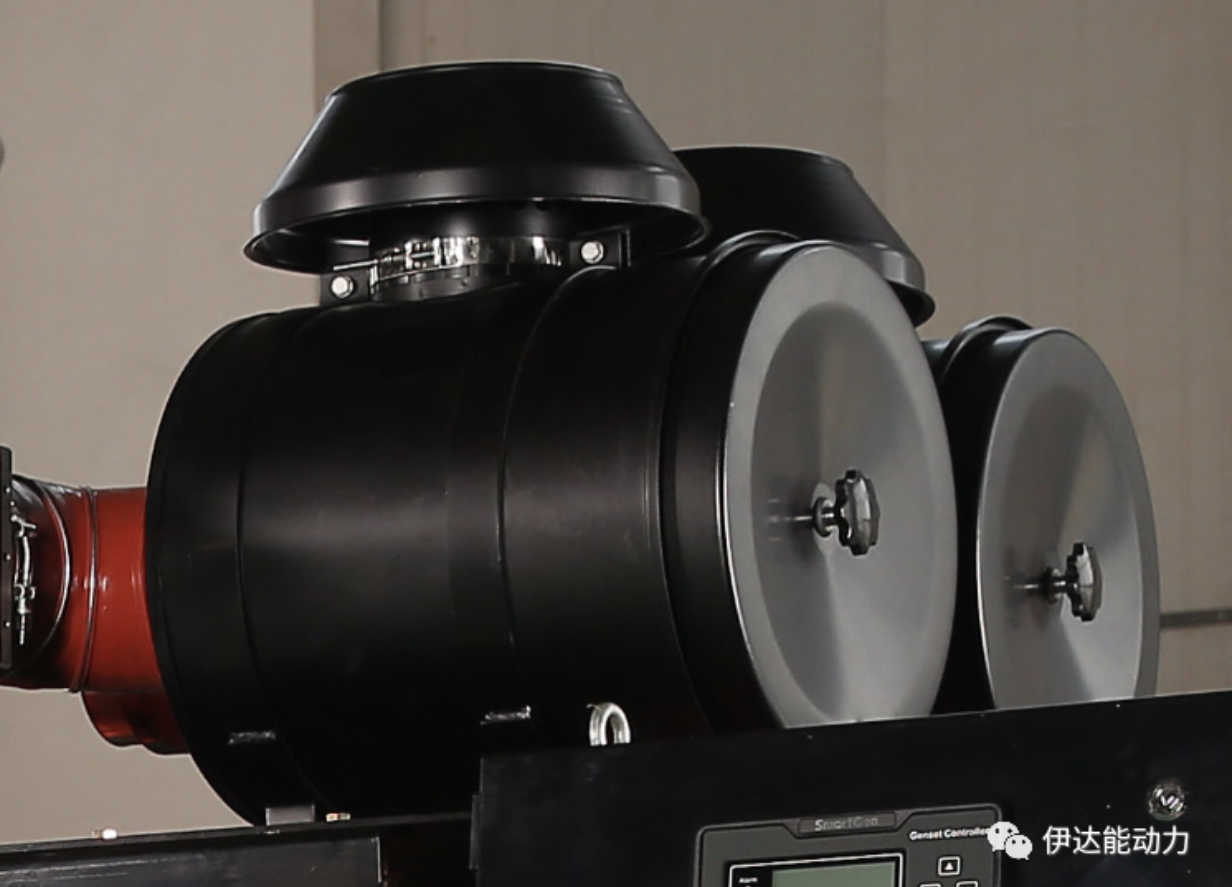
3. Check the air filter, clean or replace the filter element. Note: The inspection period depends on the surrounding environment. If the operating environment of the unit is relatively clean, the period can be appropriately extended; if the operating environment of the unit is relatively sandy, it should be cleaned up at any time. It is stipulated to inspect and clean up at least every 250 hours. (Pictured above)
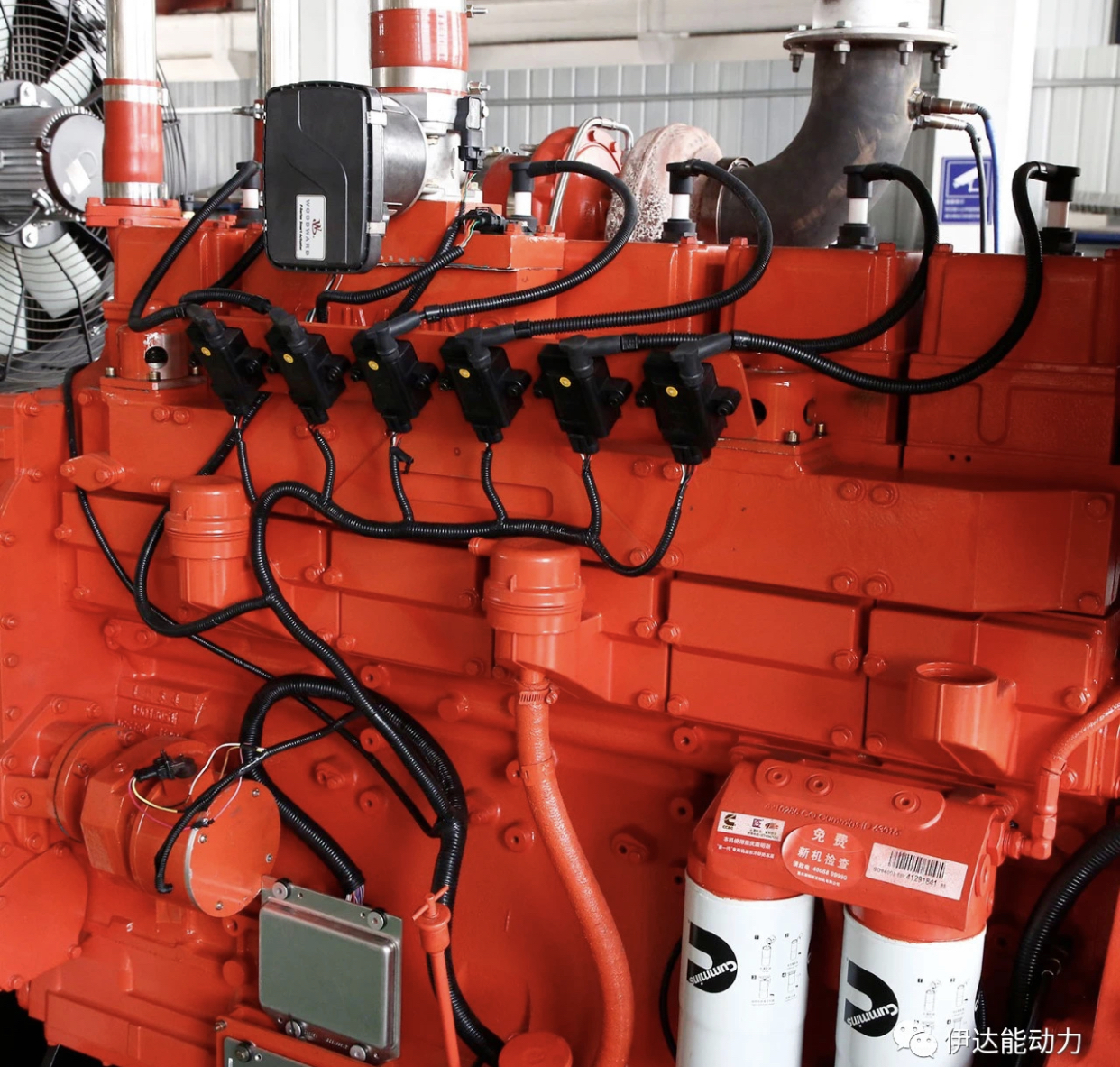
4. Check the spark plug, remove the carbon deposits and adjust the electrode gap according to regulations. (Pictured above)
5. Clean the respirator and filter. Important! The respirator and filter must be cleaned before maintenance and oil filling to keep the inside of the engine crankcase clean.
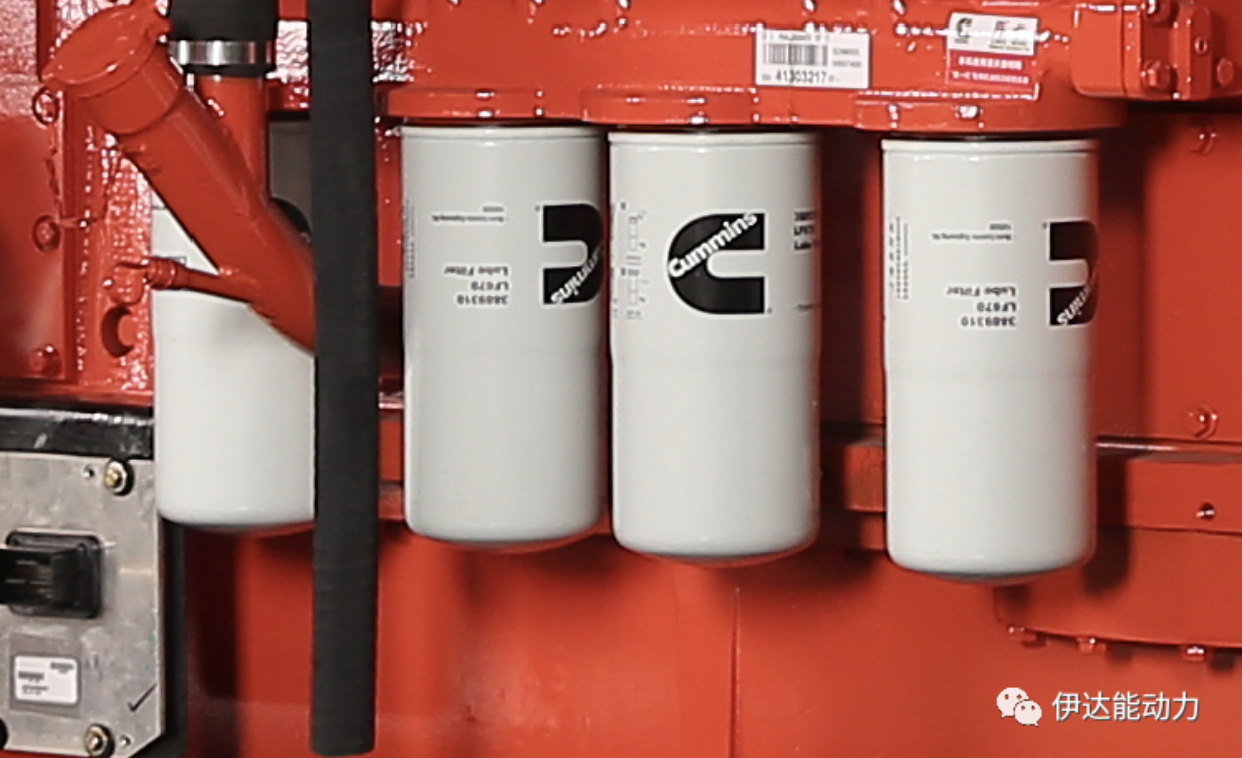
6. Check and replace the paper filter element of the oil filter. Under normal circumstances, the filter element should be replaced when the pre-filter and post-filter pressure difference of the oil filter is close to 0.12MPa. The supplementary guide replacement cycle is 250h, and the mandatory replacement cycle is 500h. The user can also adjust to monthly maintenance according to the actual situation. (Pictured above)
7. Check whether there are any abnormally worn metal particles in the centrifugal filter and clean it thoroughly. Note: The actual maintenance cycle of the centrifugal filter depends on the cleanliness of the operating environment, and the user can also adjust to the monthly maintenance according to the actual situation.
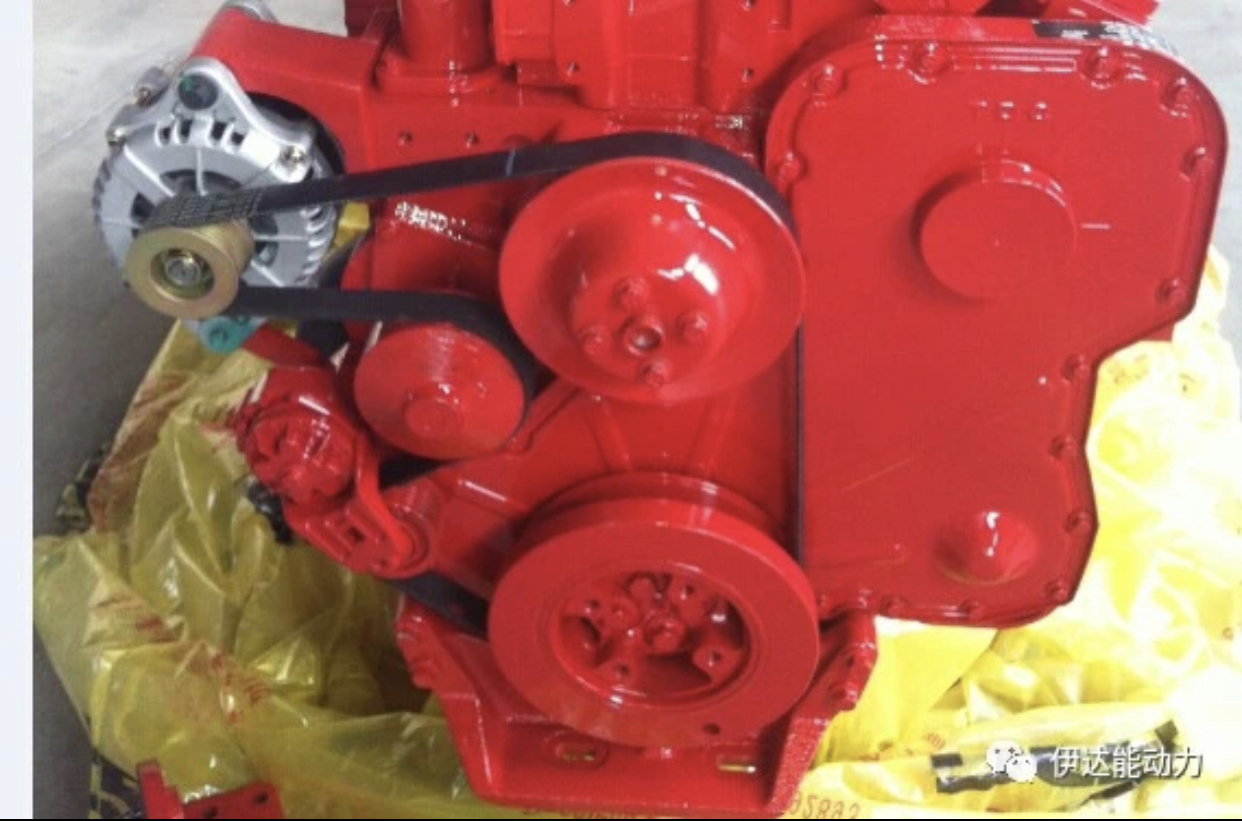
8. Check whether the distance between the starter motor and the end face of the flywheel ring gear and the meshing gap meet the requirements. (Pictured above)
9. Check whether there are metal scars and burrs on the flywheel gear ring of the starting motor, and clean it in time to avoid wearing the speed sensor.
10. Check whether the position of the speed sensor is correct, whether its bracket is loose, and whether the gap with the flywheel ring gear has changed.
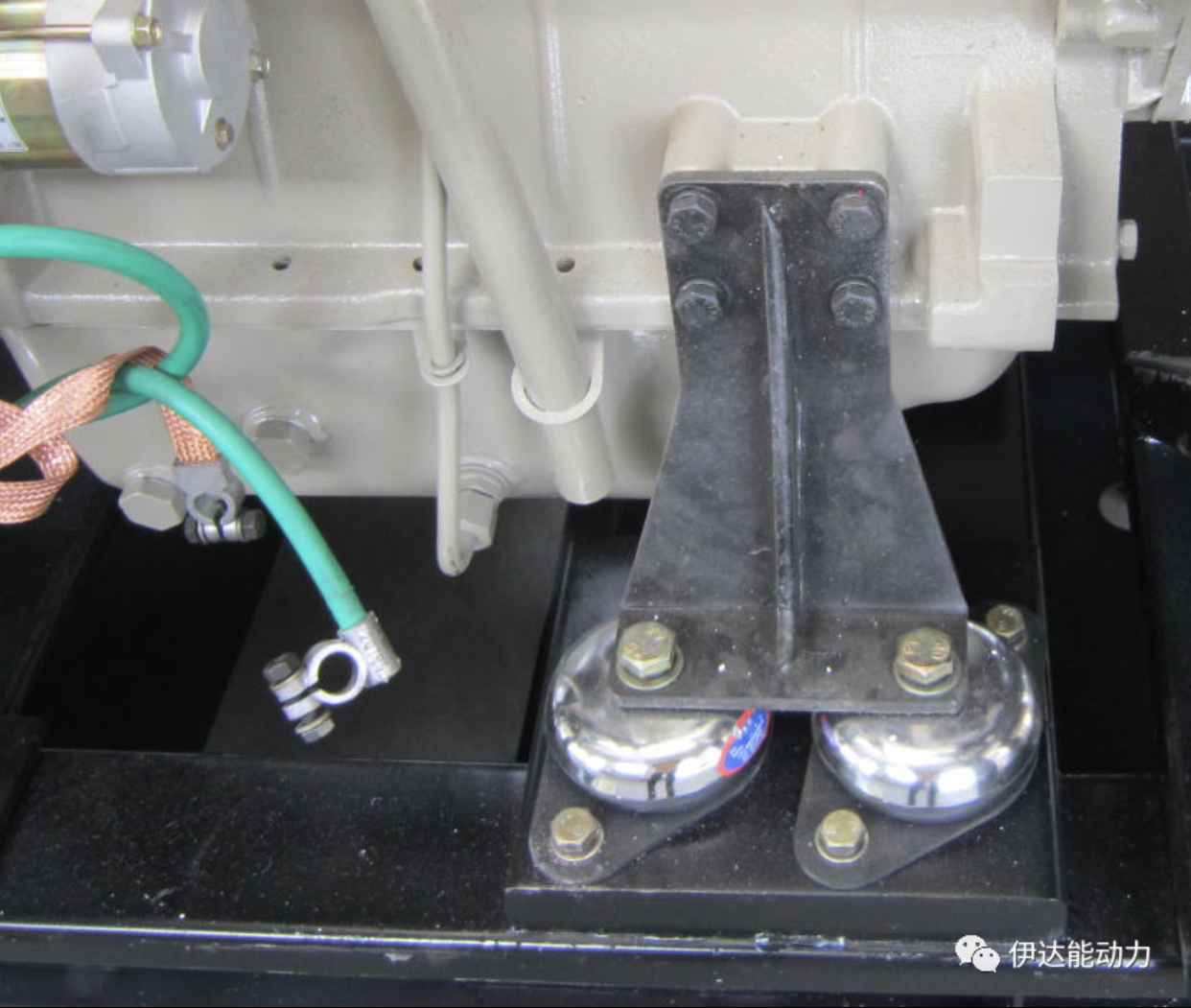
11. Check whether the connections and fixed parts are fastened and securely. If there is any looseness, it should be eliminated in time. Note: It should be checked and tightened regularly
The ground corner bolts of the chassis of the unit and the connecting bolts of the engine, generator and chassis to ensure alignment and reduce vibration of the unit. (Pictured above)
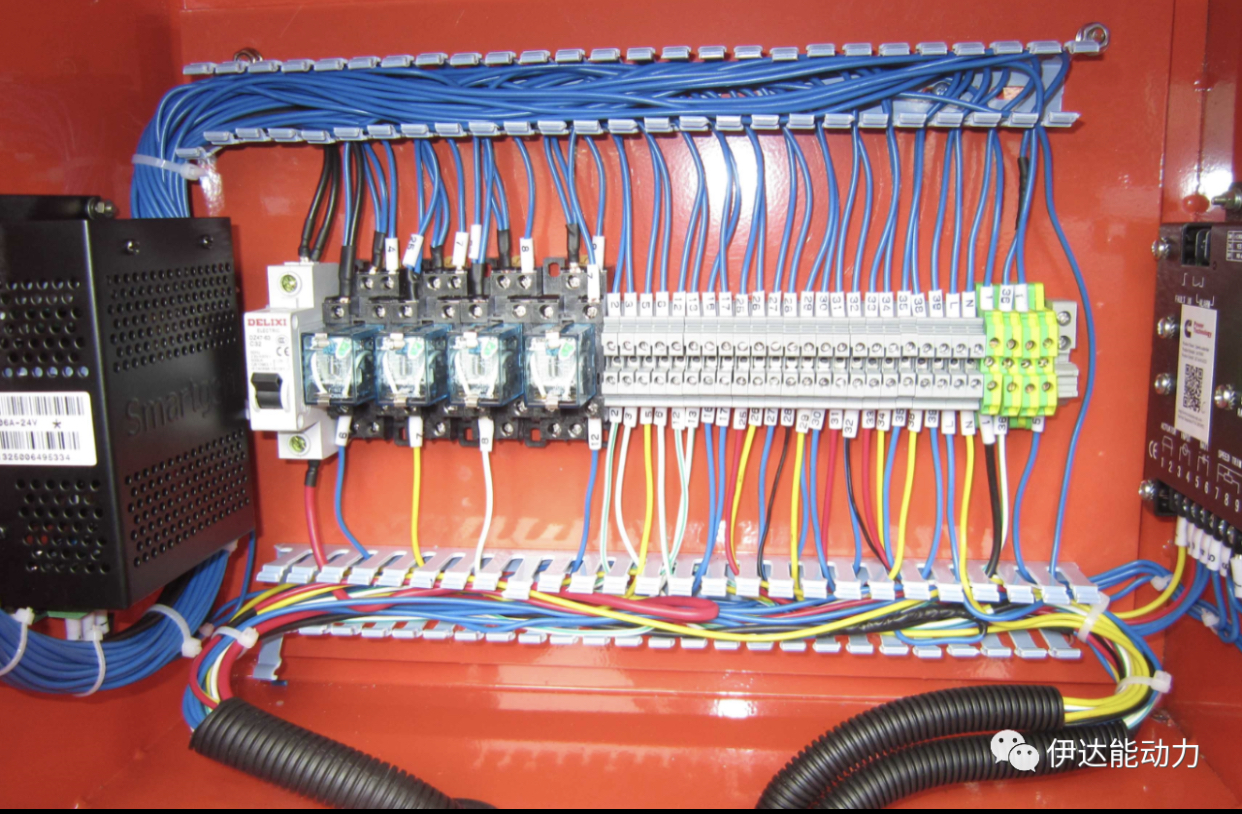
12. Check whether the connection of the power supply and the circuit system is reliable, and avoid the occurrence of aging, short circuit, open circuit and other situations. (Pictured above)
13. Measure whether the DC power supply voltage of the grounding cabinet is 24v. Otherwise, check whether the battery or automatic charger is working properly, or whether the line connection is loose.
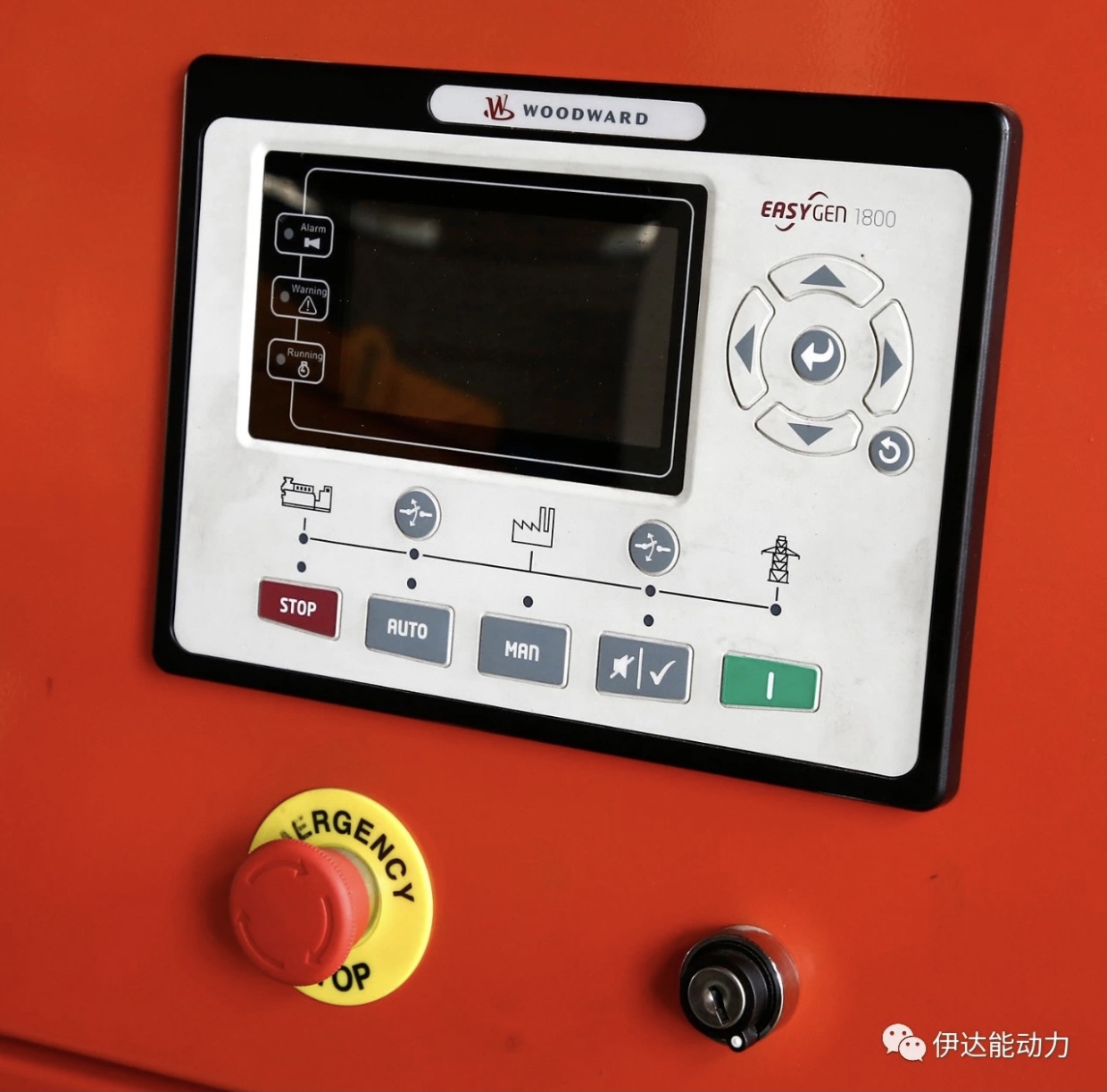
14. Check whether the emergency stop knob on the grounding cabinet, remote cabinet and TEM2 electronic management system is working properly. It should be ensured that when the emergency stop knob is pressed, the electric butterfly valve (or solenoid valve) can quickly cut off the gas. (Pictured above)
15. Check whether the alarm parameters of the water mist delivery system (if any), the TEM electronic management system, and the control panel are set properly, and whether the alarm bell and the alarm indicator are working properly.
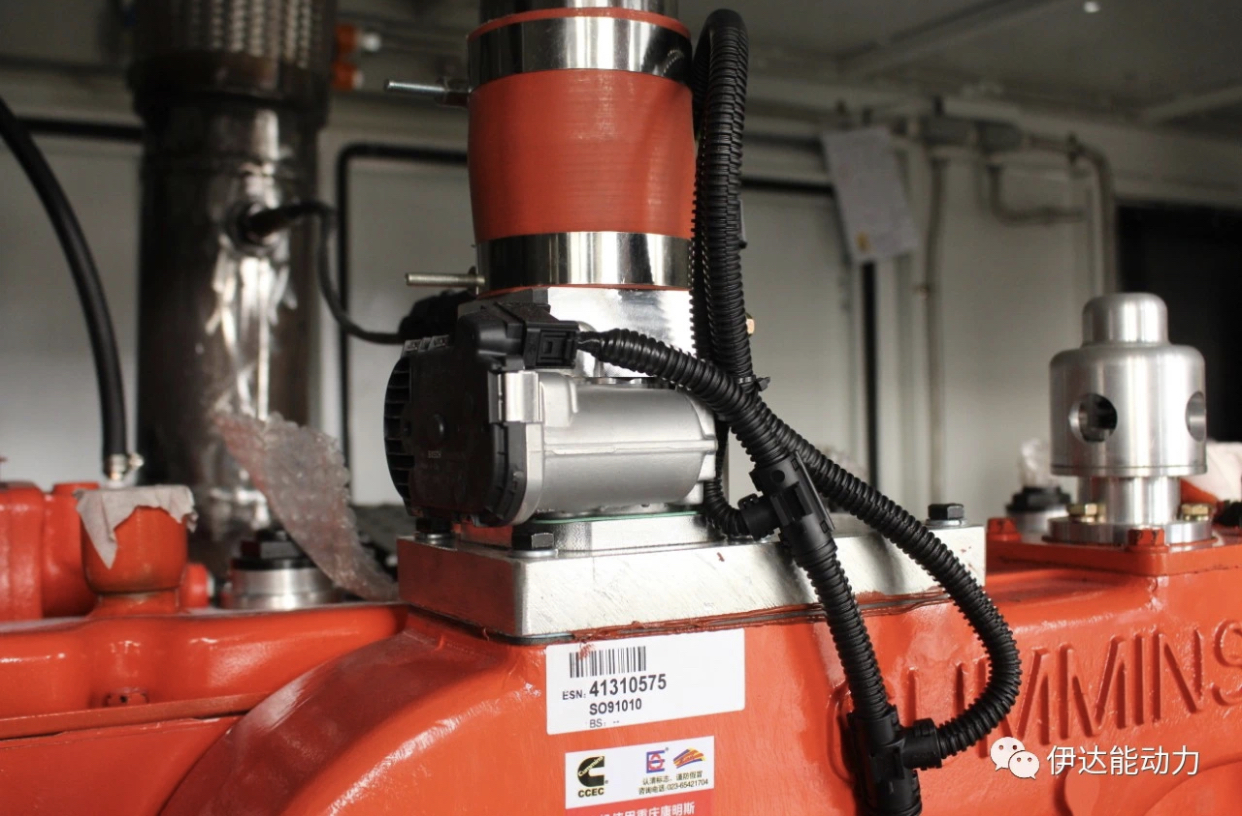
16. Check the throttle valve controlled by the actuator. (Pictured above)
① Check whether the throttle valve is in the closed state.
②Check whether the corresponding actuator scale when the throttle valve is closed is the same as that during the previous shutdown (if there is a change, the throttle valve may be stuck). If necessary, dismantle and inspect the two parts that fix the throttle valve on the throttle shaft. Whether each of the fastening screws is loose or off.
③Pull the actuator swing rod to check whether the throttle action is flexible.
④Check whether the throttle shaft and lever are slipping or loose. The actuator swing rod can be pulled to observe whether the short line on the throttle shaft that marks the opening and closing state of the throttle valve rotates with the up and down swing of the actuator swing rod.
17. Check whether the protective cover of the fan (if any), flywheel, etc. is loose, broken, or welded. (Pictured above)
18. Check whether the fan windshield is cracked or loose.
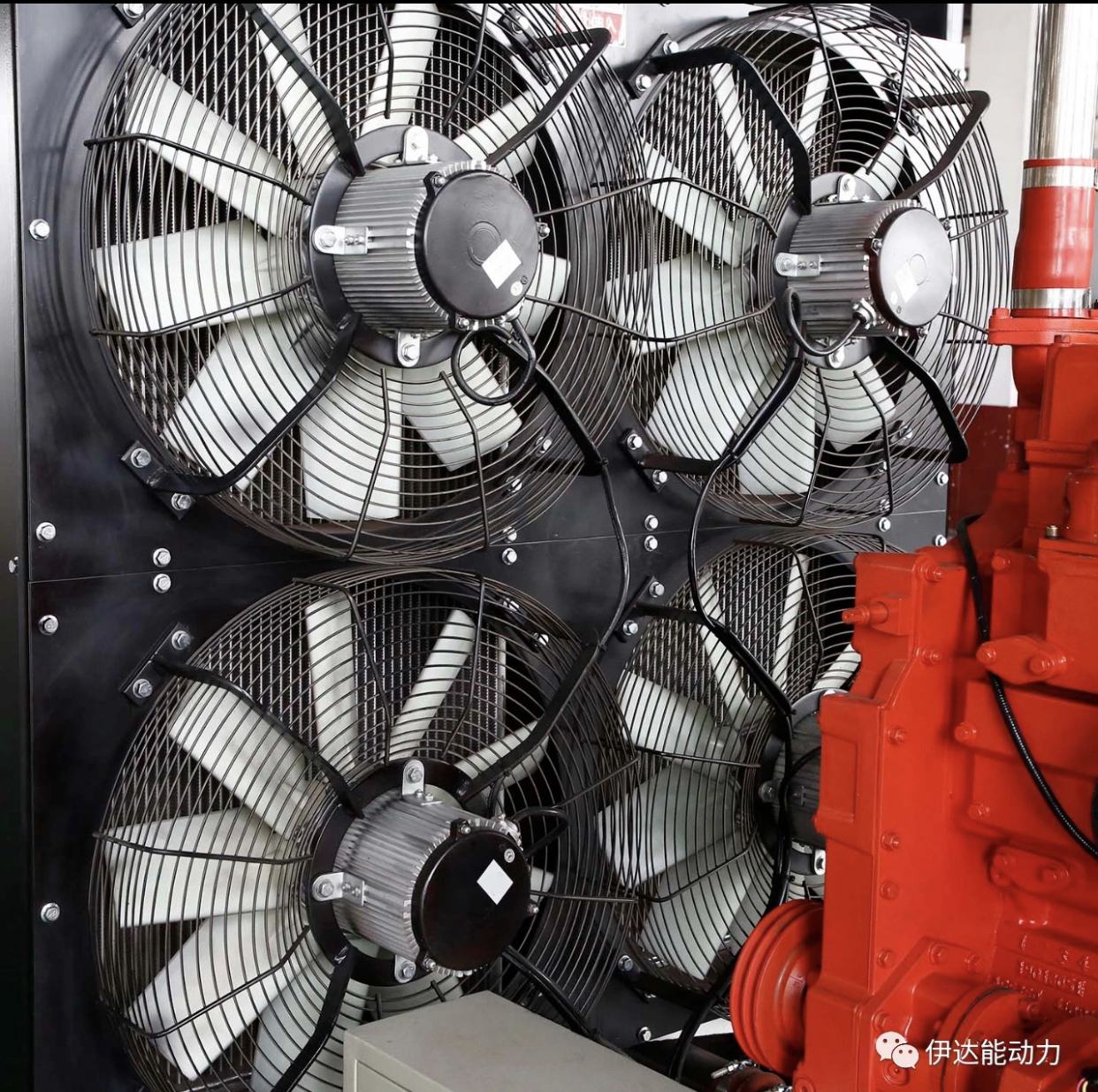
![]()
<<Previous page
Next page >>